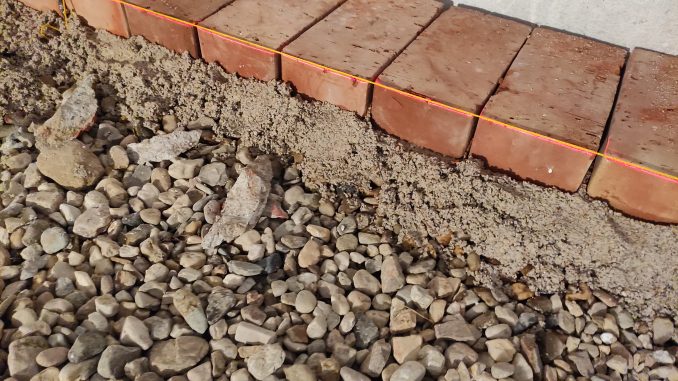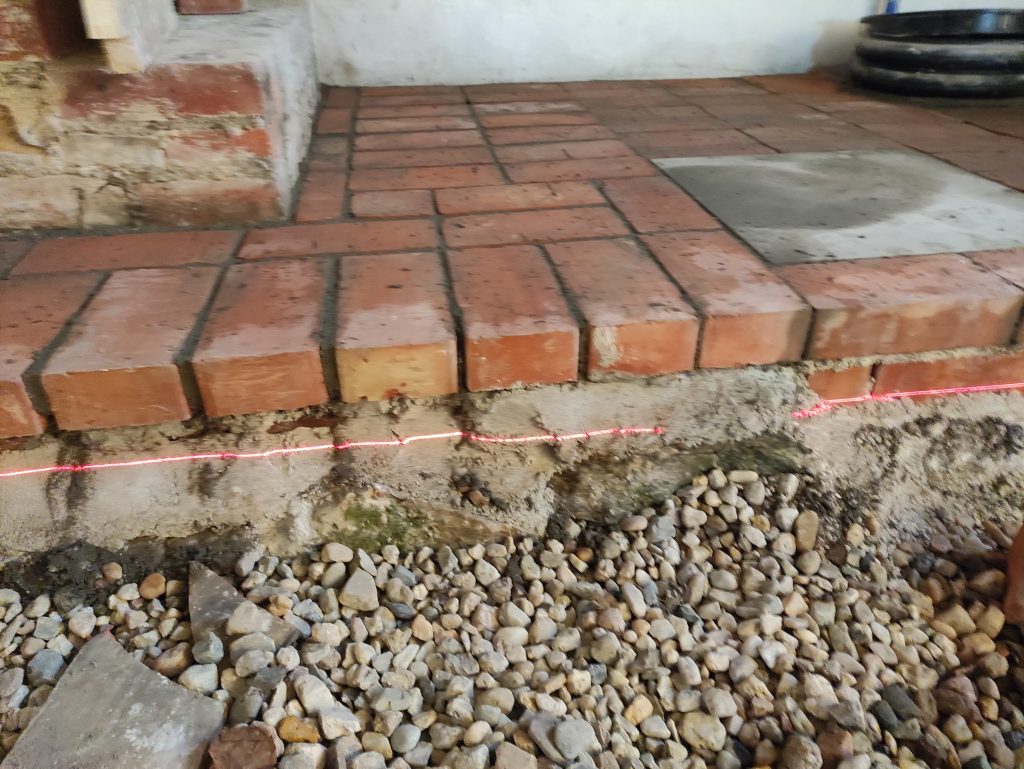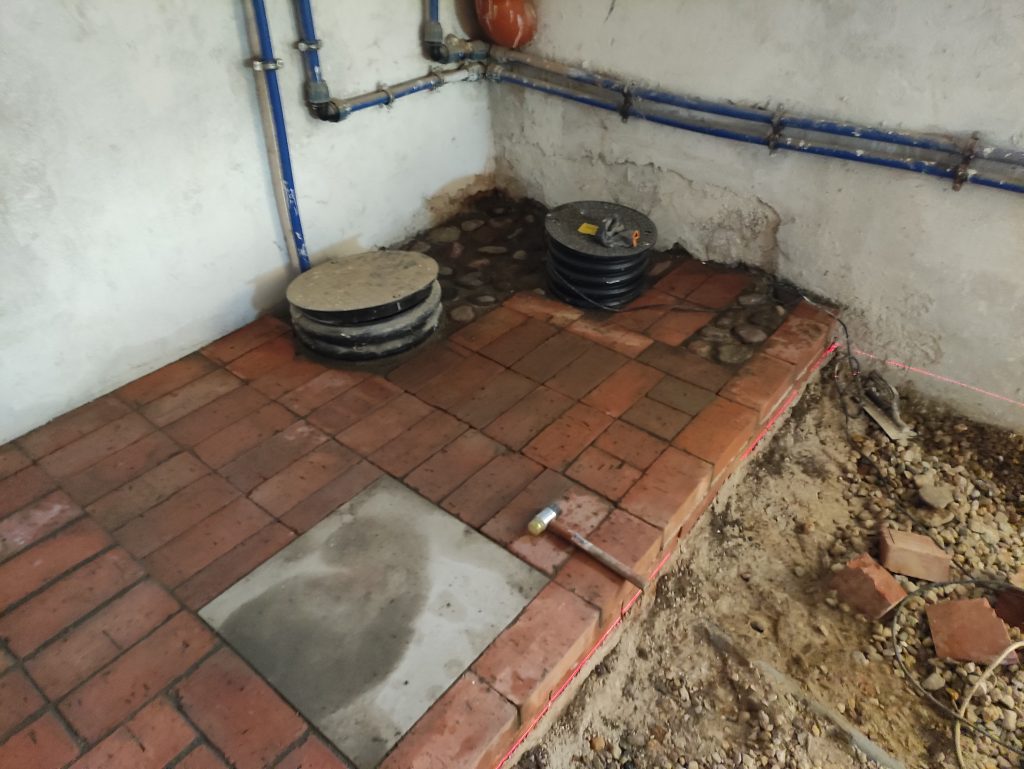
Renovation of the basement floor in an old farmhouse. The house was built in the early 19th century on a foundation of natural stone. The basement floor does not have any waterproof insulation. Ceramic bricks made of pure clay and traditionally fired with coal were laid on a layer of gravel on a clean lime mortar (the mortar cannot contain cement admixtures!)


Traditional bricks, unlike hard clinker bricks, have a porous body and are vapor permeable. Thanks to this, the entire floor is open to the air and water vapor can freely penetrate its entire surface and will not penetrate the walls, destroying the plaster on the wall.
Clay brick size 250x120x65 mm. 1 sqm = 33 pcs. (flat laid).